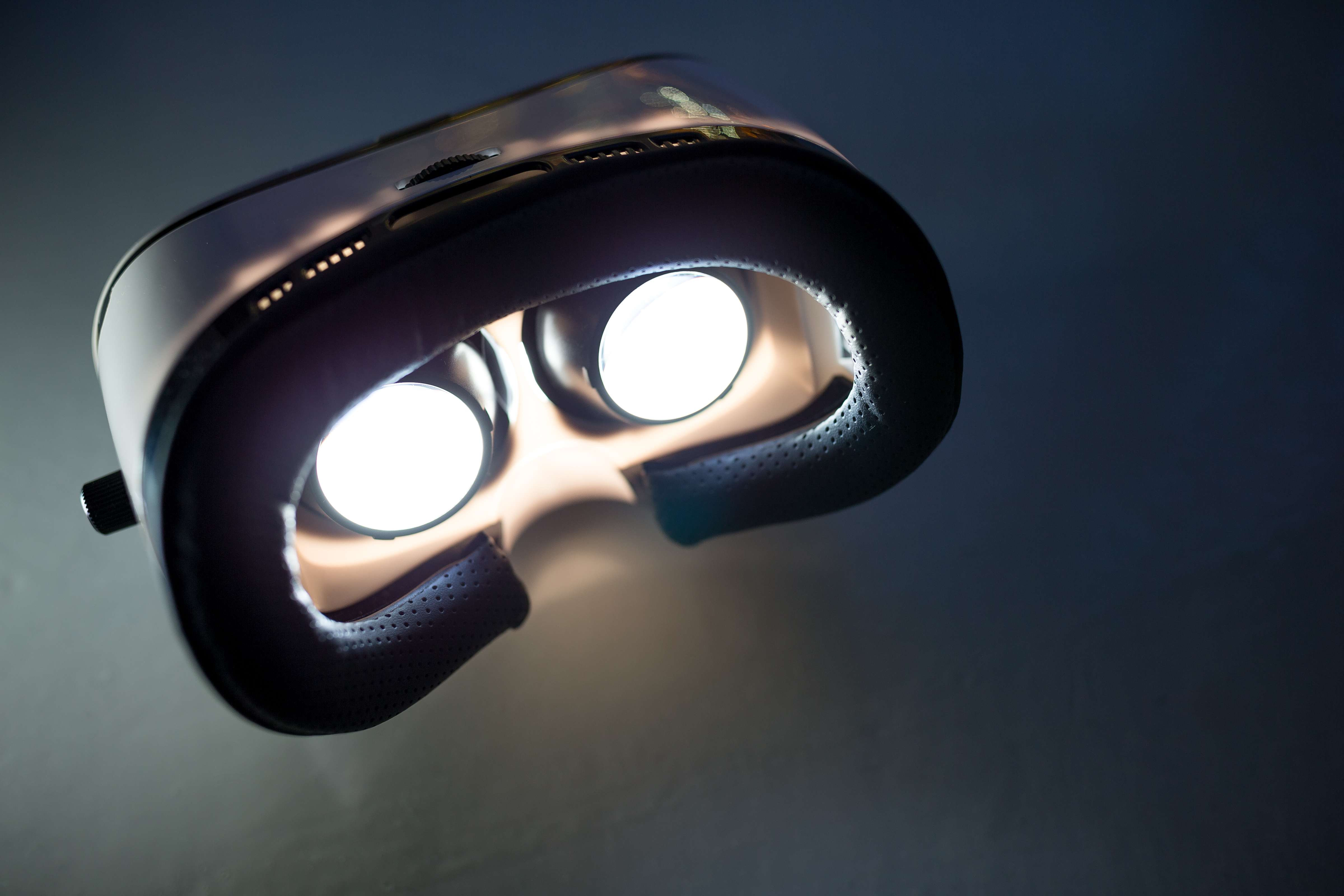The rapid advancement of technology has provided modern business leaders with unprecedented opportunities for growth and innovation. One such innovation, virtual reality (VR), has the potential to revolutionize executive leadership development by offering immersive and interactive experiences. This article explores the concept of holographic heroes and how virtual reality can reshape the way we train and develop exceptional leaders for the future.
Experiential Learning: Immersing Leaders in Real-World Scenarios
Traditional leadership development programs often involve lectures, case studies, and role-playing exercises. While these methods can be effective, they often fall short in providing a truly immersive experience. Virtual reality enables leaders to step into realistic, simulated environments that closely resemble real-world situations. By engaging in hands-on experiences and learning from trial and error, executives can develop essential leadership skills and gain a deeper understanding of the complexities they may face in their roles.
Enhancing Emotional Intelligence Through Virtual Interactions
Emotional intelligence is a crucial aspect of effective leadership, as it allows leaders to better understand, empathize, and connect with their team members. VR technology can be harnessed to create realistic interactions with virtual characters, providing leaders with the opportunity to practice their communication skills and enhance their emotional intelligence. By engaging in these virtual interactions, leaders can learn to navigate various social situations and manage conflicts, fostering stronger relationships within their organizations.
Boosting Decision-Making Skills in High-Stakes Virtual Environments
In the fast-paced world of business, executives must make critical decisions under immense pressure. Virtual reality can be utilized to create high-stakes scenarios that test a leader’s ability to make sound judgments while managing stress. By exposing executives to these challenging situations in a controlled environment, they can hone their decision-making skills and learn to remain composed under pressure.
Bridging the Gap Between Generations with VR-Assisted Mentorship
As the workforce becomes increasingly diverse and multi-generational, it’s essential for leaders to understand the unique perspectives and experiences of their team members. Virtual reality can facilitate this understanding by enabling leaders to virtually “walk in the shoes” of their employees, experiencing the challenges and successes from different generational viewpoints. This VR-assisted mentorship can foster empathy, promote open-mindedness, and ultimately help bridge the generational gap in the workplace.
Developing Global Leadership Skills Through Virtual Cultural Immersion
In today’s globalized business landscape, executives must be able to lead diverse teams and navigate cross-cultural interactions. Virtual reality can provide leaders with immersive cultural experiences, allowing them to gain insights into different customs, values, and communication styles. By immersing themselves in these virtual environments, leaders can develop a more nuanced understanding of global business dynamics and enhance their ability to lead effectively across cultures.
Shaping the Future of Executive Leadership with Virtual Reality
The era of holographic heroes has arrived, and virtual reality presents a wealth of opportunities for transforming executive leadership development. By leveraging the immersive and interactive capabilities of VR, leaders can refine their skills, broaden their perspectives, and prepare themselves to navigate the complex challenges of today’s business world. As virtual reality continues to advance, it will undoubtedly play an increasingly important role in shaping the future of leadership development.

Did You Enjoy This Article?
Join thousands of other smart business owners like yourself & get our Proffittable Times newsletter.
It's filled with actionable content you can apply immediately.
Sign up now to get started!
– Coach Nancy










